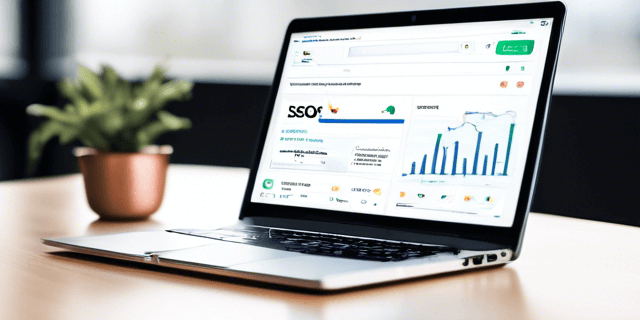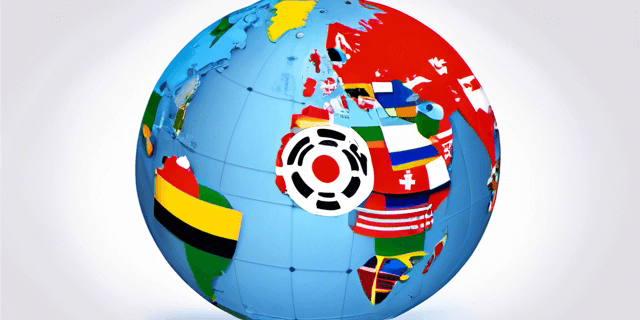
Introduction
Canonicalization is a fundamental concept in search engine optimization (SEO) that plays a crucial role in ensuring the proper indexing and ranking of web pages. This comprehensive guide delves into the basics of canonicalization and its significance in SEO site audits. Understanding canonicalization is essential for webmasters and SEO professionals seeking to maintain a healthy and optimized online presence. Let's explore the intricacies of canonicalization and its application in SEO site audits.
1. What is Canonicalization?
Canonicalization is the process of selecting the preferred URL when multiple URLs point to the same or similar content. It helps search engines understand the primary version of a page, preventing issues such as duplicate content.
2. The Role of Canonical Tags
Canonical tags (rel="canonical") are HTML elements used to indicate the preferred version of a URL. Key points to consider:
- Implementation: Place canonical tags in the head section of HTML, specifying the canonical URL.
- Preventing Duplicate Content: Canonical tags help consolidate link equity and avoid the dilution of SEO value across multiple versions of a page.
- Canonicalizing Different Parameters: Use canonicalization to address URL variations caused by parameters, ensuring a single, canonical URL is recognized.
3. Common Canonicalization Issues
Identify and address potential canonicalization pitfalls during SEO site audits:
- WWW vs. Non-WWW: Choose a preferred version (with or without "www") and implement a canonical tag to avoid content duplication.
- HTTP vs. HTTPS: Ensure consistency in protocol and implement canonicalization to prevent indexing of both HTTP and HTTPS versions.
- Trailing Slashes: Decide on a preferred URL structure (with or without a trailing slash) and enforce it using canonical tags.
4. Canonicalization Best Practices
Follow these best practices to optimize canonicalization in your SEO strategy:
- Consistent Internal Linking: Maintain a consistent internal linking structure to reinforce canonical signals.
- XML Sitemaps: Include canonical URLs in XML sitemaps to guide search engines.
- Monitoring Changes: Regularly check for changes in canonical tags and URLs, especially after website updates.
Conclusion
Canonicalization is a foundational aspect of SEO that demands attention to detail. By mastering the principles of canonicalization and implementing best practices, webmasters can prevent SEO issues related to duplicate content and ensure that search engines interpret their preferred version of each page. As we conclude this guide, remember that a solid understanding of canonicalization is essential for maintaining a well-optimized and search engine-friendly website.









